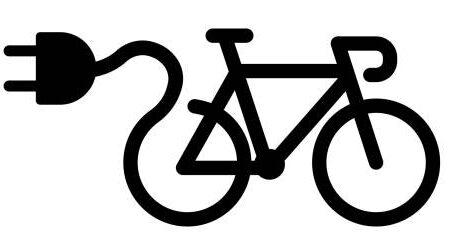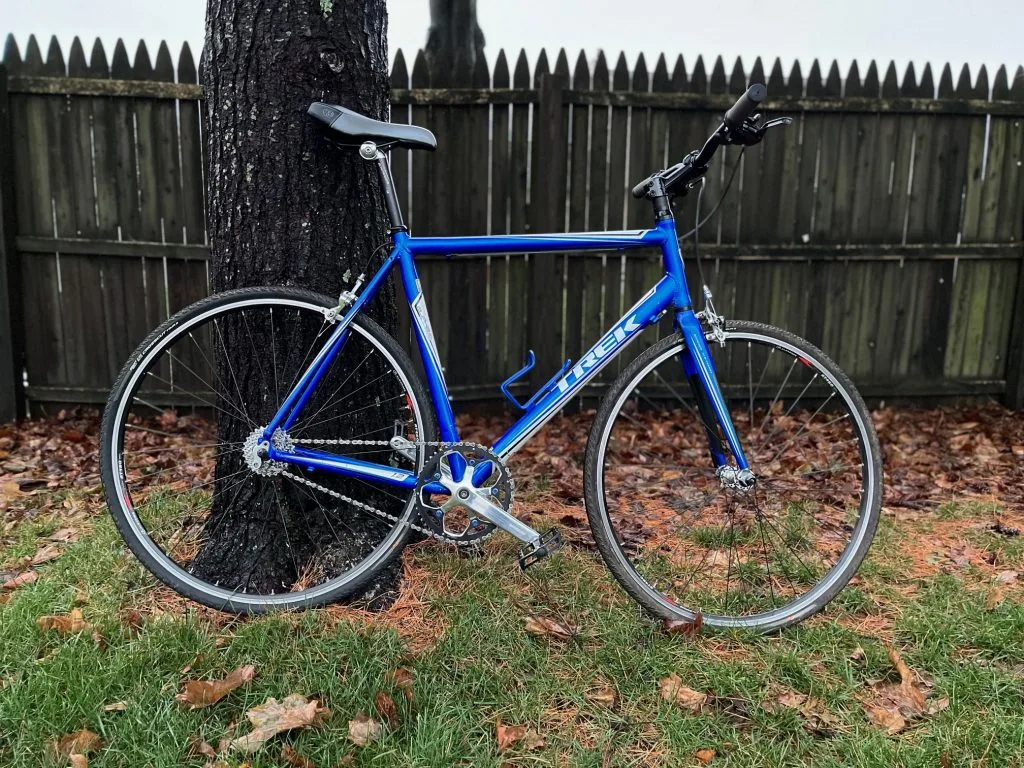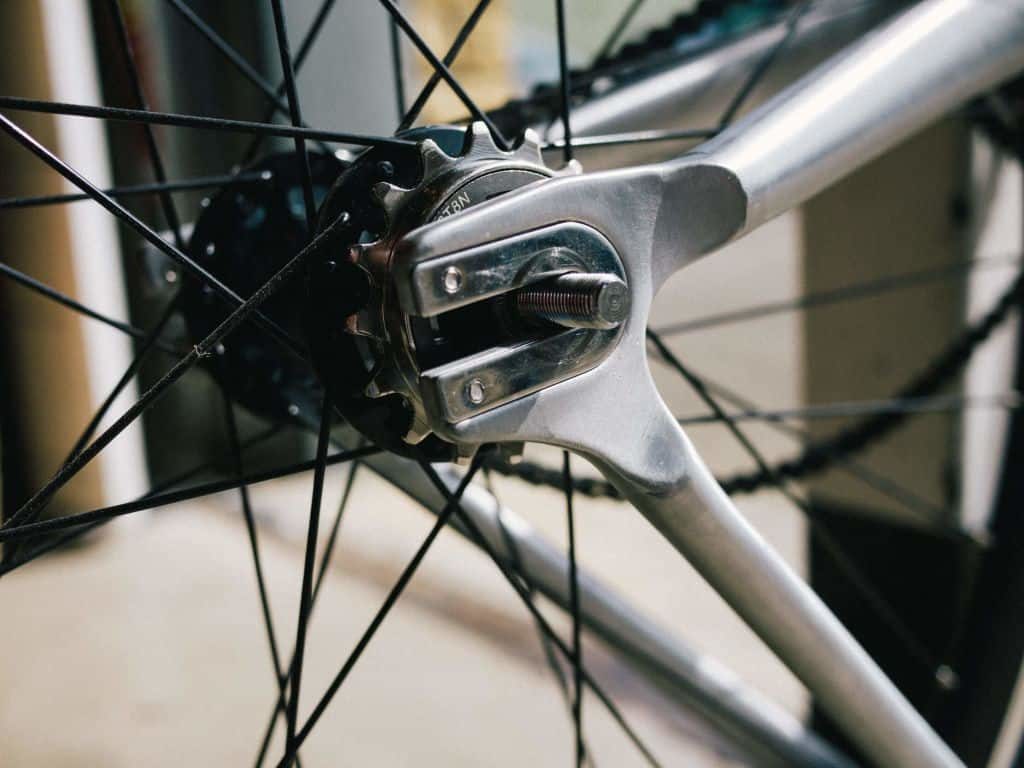Why Choose a Single-Speed Conversion?
Embark on a journey into the world of single-speed cycling. Discover the unparalleled simplicity of a single gear bike conversion. Maintenance becomes a breeze. Weight reduction enhances performance. The riding experience transforms into a pure connection between rider and machine. For those considering a single-speed bicycle, converting an existing bike offers significant cost savings compared to purchasing a new single-speed model. This makes a single gear bike conversion a financially savvy choice. A single-speed conversion is a fantastic way to rejuvenate an older bike, breathing new life into a well-loved machine. The minimalist design is aesthetically pleasing to many. You gain a deeper understanding and appreciation for your bike’s mechanics. This is especially true during a single gear bike conversion. The simplicity fosters a more intuitive relationship with your bike and the terrain.
Simplicity is key. A single-speed bike conversion eliminates the complexity of gears and derailleurs. This dramatically reduces the frequency and time required for maintenance. You’ll spend less time tinkering and more time riding. The fewer parts mean a lighter bike, improving acceleration and overall riding efficiency. This weight reduction is a significant advantage, especially on climbs or during prolonged rides. The focus shifts from gear selection to mindful pedaling, encouraging a more efficient and powerful riding technique. The direct power transfer delivers an immediate and satisfying response from the pedals to the wheels. Consider this if you’re searching for an enhanced connection with your bike and the rhythm of the ride. A single gear bike conversion will deliver just that.
Converting your current multi-speed bike into a single-speed offers a compelling alternative to buying a brand new bicycle. This environmentally conscious approach reduces waste and promotes sustainability. It’s a cost-effective way to enjoy the benefits of a single-speed. You repurpose existing components, making this a financially responsible and eco-friendly approach to cycling. A single gear bike conversion allows you to personalize your bike completely to your riding preferences. This process helps you learn more about bike mechanics. The project is satisfying and gives the rider a sense of accomplishment. You’ll appreciate the bike more after the transformation.
Assessing Your Current Bicycle: Compatibility and Considerations for a Single Gear Bike Conversion
Before embarking on a single gear bike conversion, a thorough assessment of your existing bicycle is crucial. This ensures compatibility and helps avoid potential complications during the conversion process. One primary consideration is the frame type. Many frames readily accommodate a single-speed conversion. However, some frames, particularly those designed for complex derailleur systems, might present challenges. Inspect the frame for sufficient clearance for the new chain and chainring. The wheel size is another factor to consider. A standard 700c wheel is common, but other sizes require careful component selection to ensure proper fit and function. Consider the existing brake system. While many brake types are compatible with single-speed setups, some adjustments might be necessary. For instance, V-brakes often require minor alterations, especially with the removal of the rear derailleur.
Evaluating the existing components is equally important. The bottom bracket and rear dropouts play critical roles in single-speed conversions. A bottom bracket designed for multi-speed drivetrains must be compatible with a single chainring. Similarly, the rear dropouts must accommodate the proper horizontal chain tension adjustment. Horizontal dropouts are generally preferred for this process, simplifying the task of adjusting chain tension. Furthermore, assess the current chainring size. This helps determine the appropriate cog size for the desired gearing. Existing components may influence the final gear ratio attainable for your single gear bike conversion. Carefully measuring and noting these dimensions will facilitate the selection of compatible replacement parts. Remember, selecting the right components is crucial for optimal performance and a smooth ride after the conversion.
Compatibility issues can arise during a single gear bike conversion. For example, removing the rear derailleur can sometimes expose cabling or other components that need careful consideration. Also, be aware of the spacing between the chain stays. This dimension directly impacts the chainring and cog size selection. Inadequate spacing can lead to chain rub or other mechanical problems. These compatibility issues emphasize the importance of prior assessment. A careful review of your bicycle before starting the conversion process significantly reduces the likelihood of unforeseen problems. A well-planned conversion guarantees a successful and enjoyable single-speed riding experience. Successfully completing a single gear bike conversion depends on understanding and addressing these compatibility considerations.
How to Convert Your Multi-Speed Bike to Single-Speed
This comprehensive guide details the process of a single gear bike conversion. First, remove the rear derailleur, shifter cables, and any associated hardware. Carefully inspect the frame for any potential interference from the derailleur hanger. Removing the hanger might be necessary for a cleaner conversion. Next, assess the existing cassette. Removing it may require a chain whip and cassette lockring tool. Take note of the axle and freehub body to select compatible components for the single-speed conversion. Remember to clean the area thoroughly once the components are removed. This ensures a smooth single speed bike conversion. Before proceeding, ensure your chosen chainring and cog are compatible with your existing crankset and frame. Incorrect sizing could lead to chain tension issues.
The next step in your single gear bike conversion involves installing the new chainring and cog. Securely attach the chainring to the crankset using the appropriate bolts and torque specifications. Install the chosen cog onto the freehub body. For this, you might need a cog lockring tool. After installation, carefully install the new chain. It should smoothly pass over both the chainring and cog. Precise chain length is crucial. Too short, and the chain will be excessively tight, leading to potential damage. Too long, and it will sag and potentially derail. The chain should have enough slack to allow for proper chain movement. Careful measurement ensures a successful single speed bike conversion. After installing the chain, you will perform initial tension adjustments. This helps maintain optimal chain tension throughout the ride. Once completed, the single-speed conversion is nearly finished.
Finally, check and adjust the brake calipers or disc brakes. Ensure sufficient clearance between the brake pads or rotors and the wheel. Confirm smooth brake lever action and strong stopping power. Test the single-speed bike conversion by taking it for a short ride. This is crucial to fine-tune the chain tension. Slight adjustments might be needed to eliminate any chain slippage. Listen for any unusual noises from the drivetrain. If any adjustments are needed, repeat the tensioning process. After performing these steps, your single-speed conversion should be complete. Enjoy the simplicity and efficiency of your newly converted single gear bike. Regular maintenance, such as lubrication, ensures continued smooth performance.
Choosing the Right Components: Chainrings, Cogs, and Chains for Your Single Gear Bike Conversion
Selecting the correct chainring and cog is crucial for a successful single gear bike conversion. These components determine your gear ratio, significantly impacting your riding experience. A higher gear ratio (larger chainring, smaller cog) results in faster speeds but requires more effort to pedal, ideal for flat terrain or experienced riders. Conversely, a lower gear ratio (smaller chainring, larger cog) offers easier pedaling but reduces top speed, suitable for hilly areas or beginners. Consider your typical riding terrain and preferred riding style when making this choice. A proper assessment of your needs will significantly improve your single speed bike conversion experience.
The chainring and cog’s size is expressed in teeth. Common chainring sizes range from 38 to 52 teeth, while cog sizes typically range from 16 to 22 teeth. For example, a 44-tooth chainring paired with an 18-tooth cog offers a balanced gear ratio suitable for various terrains. Experimentation might be needed to find the perfect balance for your specific needs and riding preferences. Remember, a smaller difference between chainring and cog sizes leads to more significant gear changes. This simple calculation allows for optimized single gear bike conversion that fits your needs perfectly.
Beyond size, component quality matters. Durable, reliable components are essential for a smooth and long-lasting single-speed setup. Choose high-quality steel or aluminum chainrings and cogs from reputable manufacturers known for their durability and precision machining. Similarly, select a chain appropriate for the chainring and cog size. Ensure the chain’s width matches your components to avoid premature wear and tear or performance issues. Using compatible parts will ensure your single gear bike conversion is successful and runs smoothly. This will ensure your bike is ready for your next adventure. Choosing the right components is a critical part of a successful single gear bike conversion project, and will greatly improve your overall experience.
Essential Tools and Equipment for a Successful Single Gear Bike Conversion
Successfully converting a multi-speed bicycle to a single-speed requires the right tools. A well-equipped workshop will make the process smoother and safer. Essential tools include a chain tool for cutting and connecting chains, a wrench set for removing and installing components, and adjustable pliers for tightening bolts. A cassette lockring tool is crucial for removing the old cassette from the rear wheel. Additionally, a spoke wrench will prove helpful if wheel truing is necessary after component removal. Having the correct size screwdriver set will also prevent damage to the bike’s components. Remember, using the right tools protects your bike and ensures a clean conversion.
Beyond basic hand tools, consider investing in a chain whip to aid in cassette removal. This tool helps prevent slippage during the process, ensuring smooth removal and preventing damage. For those new to bicycle maintenance, a detailed repair manual, specifically for your bicycle model, is highly recommended. This will provide visual aids and clear instructions, simplifying the single gear bike conversion. Similarly, measuring tools, such as a ruler or caliper, help verify chain length and component sizing before installation, helping ensure smooth operation of your single-speed conversion. Accurate measurements are key to a successful single-speed bike conversion.
Proper preparation is key to a smooth single gear bike conversion. Before you begin, gather all necessary tools and components. This includes the new chainring, cog, and chain selected for your preferred gear ratio. It’s also a good idea to have a clean workspace, well-lit and spacious enough to comfortably maneuver your bike. Protecting your bike’s frame from scratches during the disassembly process is important; soft rags or a padded workbench can help with this. A bike stand greatly simplifies the conversion, allowing for easier access to the rear wheel and drivetrain components. Having the right tools and a well-prepared environment will significantly enhance the single-speed conversion experience.
Brake Adjustments and Fine-Tuning Your Single-Speed
After completing the single gear bike conversion, proper brake adjustment is crucial. Ensure the brake levers engage smoothly and provide sufficient stopping power. Inspect brake pads for wear and replace them if necessary. Bleeding hydraulic brakes might be required if using this type of braking system. Properly adjusted brakes are essential for safe riding. A single-speed bike conversion is only as good as its brakes. This step ensures the safety and efficiency of your new single-speed bike.
Next, fine-tune the chain tension. Optimal chain tension prevents chain slippage and ensures smooth pedaling. Too tight a chain can strain the drivetrain and reduce the single gear bike conversion’s lifespan. Too loose a chain will cause noticeable skipping. Adjust the rear wheel position using the quick-release lever or axle adjusters to find the ideal tension. A slightly taut chain should remain relatively stable, allowing for smooth rotation without excessive slack. A well-adjusted chain significantly impacts the overall riding experience following your single-speed conversion.
Remember, achieving the perfect chain tension requires a balance. It’s a delicate process that needs attention to detail. Slight adjustments might be needed after the initial test ride. Proper chain tension ensures optimal performance from your single-speed bike. The goal of the single gear bike conversion is to create a reliable, efficient ride. Regular checks of chain tension after your single-speed conversion will ensure long-term performance and riding pleasure. Addressing this aspect helps in optimizing the outcome of your single gear bike conversion.
Testing and Refinements: Optimizing Your Single-Speed Ride
Once the single gear bike conversion is complete, a thorough test ride is crucial. This allows riders to experience the bike’s performance firsthand. Pay close attention to the bike’s handling and the gear ratio’s suitability for typical riding conditions. Note any areas needing adjustment. This initial ride will inform any necessary refinements to the single-speed conversion. The goal is to achieve a smooth, efficient riding experience tailored to individual preferences.
After the initial test, fine-tuning might be necessary. Small adjustments to chain tension can significantly impact performance. Slight chain slippage might indicate a need for recalibration. Consider the terrain commonly ridden. If the chosen gear ratio proves unsuitable, a different chainring or cog might be necessary. Remember, the objective of a successful single gear bike conversion is to find the ideal “sweet spot” – the perfect balance of gear ratio and riding style for effortless performance. This process of testing and refining ensures a customized riding experience.
Experimentation is key to optimizing your single-speed bike. Different riding styles and terrain require different gear ratios. For instance, a steeper chainring and smaller cog are ideal for hilly areas, while a smaller chainring and larger cog suit flatter routes. Repeated test rides and fine-tuning will help riders find their perfect gear ratio. This iterative process ensures a satisfying and efficient single-speed riding experience. Remember, the single gear bike conversion is not just about the transformation; it is about personalizing the riding experience. This process of testing and adjustment is a vital part of that personalization.
Alternatives and Advanced Modifications: Beyond the Basics
While a standard single-speed conversion offers a simplified and efficient riding experience, several alternative approaches cater to diverse needs and preferences. One popular option is converting your multi-speed bike to a fixed-gear setup. This involves removing the freewheel mechanism, resulting in a direct drive system where the pedals and rear wheel rotate together. Fixed-gear configurations provide a unique riding style and can be ideal for urban environments or specific cycling disciplines. However, it’s crucial to understand the commitment involved, as pedaling is always required, even when coasting or descending.
Another avenue for advanced modification involves exploring hub gears. Internal hub gears, housed within the rear hub, offer multiple gear ratios without the complexity of derailleur systems. This system provides a clean, enclosed design that’s often preferred for its low-maintenance characteristics. Converting to a hub gear system usually necessitates replacing the entire rear wheel with a compatible model. The single gear bike conversion to a hub gear system is an investment requiring careful planning and consideration of the specific gear ratios offered by different hubs. Remember to consider whether this added complexity aligns with your single gear bike conversion goals.
Finally, consider the option of internal gear hubs (IGHs). These offer multiple gears within the rear hub, providing a smooth, enclosed shifting system. They are generally more expensive but offer a maintenance advantage compared to traditional derailleur systems. Converting to an IGH typically requires replacing the rear wheel and potentially altering the frame or rear triangle to accommodate the hub’s larger dimensions. The advantages of a single gear bike conversion using an IGH are evident in its low-maintenance and sleek design, offering a compelling alternative to other single-speed solutions. Choosing the right approach depends heavily on individual riding style, budget, and mechanical aptitude. Careful research and consideration of the unique features of each system are critical before proceeding.




